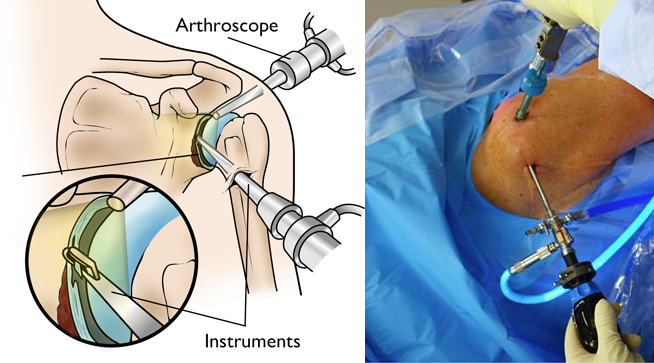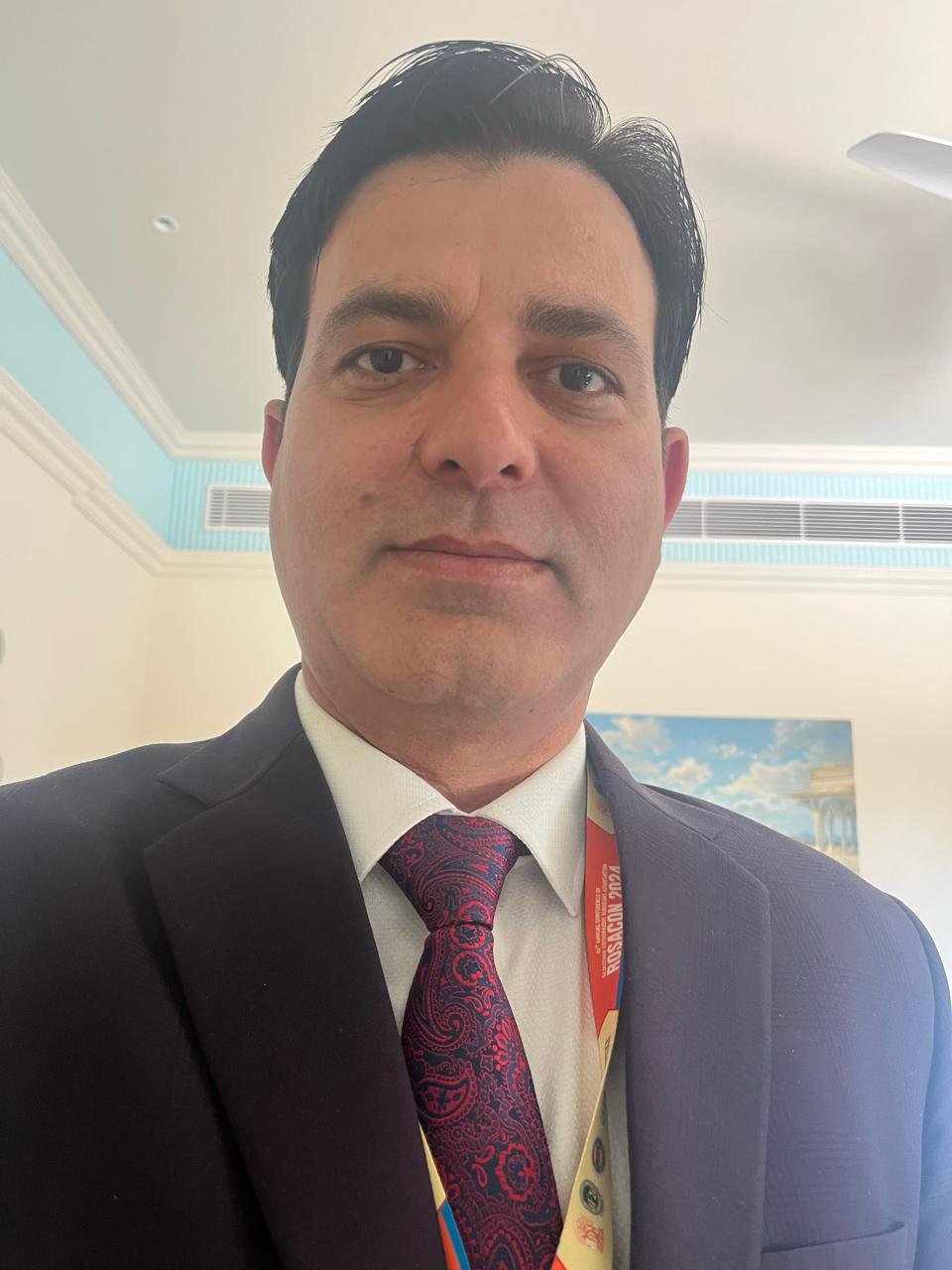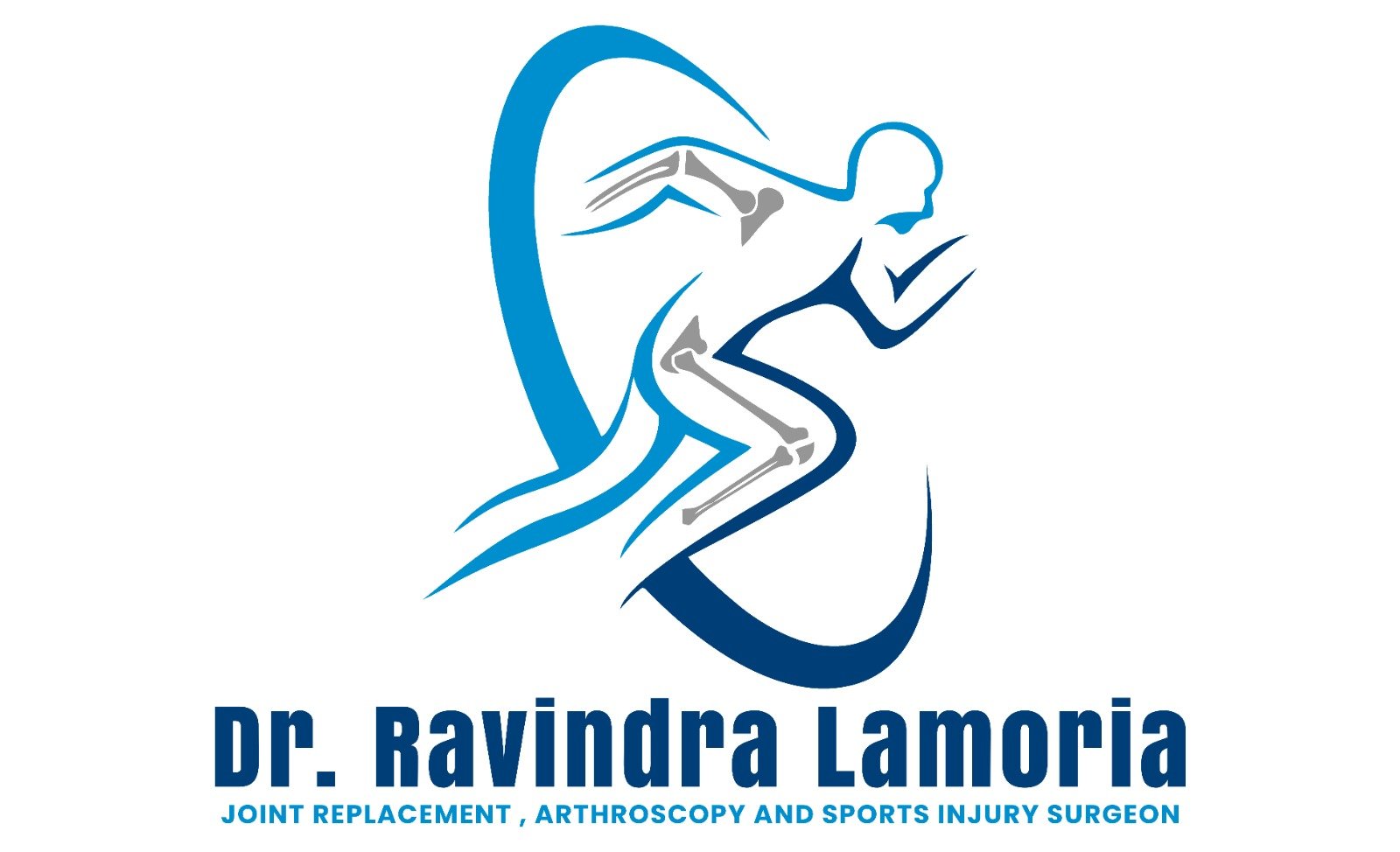Shoulder Arthroscopy
Surgery
What is Shoulder Arthroscopy Surgery?
Shoulder arthroscopy is a minimally invasive surgical procedure used to diagnose and treat problems inside the shoulder joint. It involves making small incisions through which a tiny camera called an arthroscope and specialized instruments are inserted. The surgeon can view the inside of the shoulder on a monitor and perform necessary repairs, such as removing damaged tissue, repairing torn tendons or ligaments, and treating conditions like rotator cuff tears, labral tears, impingement syndrome, or shoulder instability. Since the procedure uses small incisions, it typically causes less pain, involves a shorter recovery time, and results in minimal scarring compared to traditional open surgery.


DR. RAVINDRA LAMORIA
M.S (ORTHO)
Joint Replacement & Arthroscopy Surgeon
Shoulder arthroscopy is a minimally invasive surgical procedure used to diagnose and treat various problems inside the shoulder joint. It involves making 2–3 very small incisions (about the size of a buttonhole) through which a tiny camera called an arthroscope and special surgical instruments are inserted. The arthroscope transmits images to a monitor, allowing the surgeon to view and repair the inside of the shoulder without the need for a large open incision.
Why is it done?
It’s commonly performed to treat conditions such as rotator cuff tears, shoulder impingement syndrome, labral tears (SLAP lesions), shoulder instability, frozen shoulder, bone spurs, and cartilage damage. It’s also used to remove loose fragments of bone or cartilage and to diagnose unexplained shoulder pain.
Procedure steps:
Anesthesia: Typically general or regional anesthesia is given.
Incisions: Small keyhole incisions are made around the shoulder.
Arthroscope insertion: The camera is inserted to visualize the joint, and sterile fluid is used to expand the space for a clearer view.
Repair: Specialized miniature instruments are used to repair torn tissues, remove inflamed bursa, or shave bone spurs.
Closure: Incisions are closed with sutures or small adhesive strips, and a sterile dressing is applied.
Recovery:
Patients usually go home the same day. A sling may be required for a few days to weeks, depending on the repair. Physical therapy begins soon after to restore movement and strength. Most people return to normal activities within 4–6 weeks, although complete healing for repairs like rotator cuff surgery can take several months.
Advantages:
Less pain and scarring
Faster recovery than open surgery
Lower infection risk
Risks:
Like all surgeries, it carries risks such as infection, bleeding, stiffness, nerve injury, or incomplete symptom relief, but these are relatively rare.
